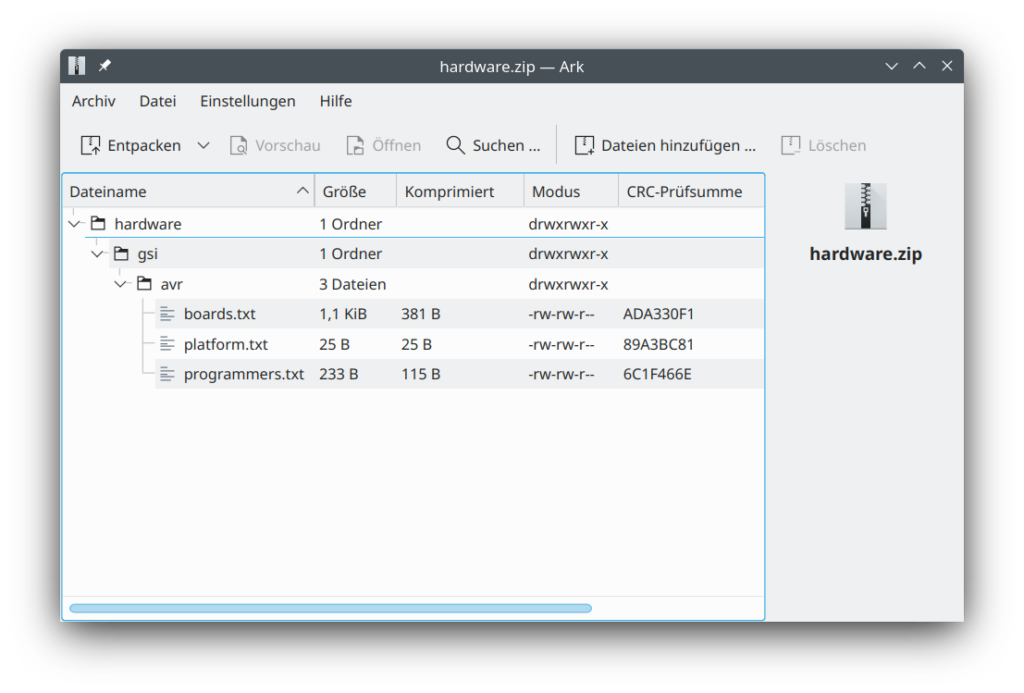The Red Pitaya boards offer an SCPI server over an TCP/IP Socket connection. The makers describe how to use it. But instead of using plain pyVISA, they provide their own SCPI class.
That’s fine, because that class also provides handy functions to set the various in-built applications (signal generator and the likes).
But it is unnecessary complicated for a blinky example. And in my case, where I only needed some scriptable DIOs, it was quite cumbersome.
So, here is the blinky re-written in plain pyVISA:
import pyvisa as visa
from time import sleep
rm = visa.ResourceManager()
rp = rm.open_resource("TCPIP::169.254.XXX.XXX::5000::SOCKET",
read_termination="\r\n",
write_termination="\r\n"
)
print(rp.query("*IDN?"))
while True:
rp.write("DIG:PIN LED0,1")
sleep(.5)
rp.write("DIG:PIN LED0,0")
sleep(.5)
The magic lies in the read and write terminations. They have to be set to '\r\n'(in that order), or else the communication simply won’t work and time out.
Make sure you install a reasonably recent pyVISA and pyVISA-py (from pip) or libvisa (from your distro’s repository) before you start. For me (Ubuntu) this works as follows:
pip install -U pyvisa pyvisa-py
sudo apt install libvisaThis integrates nicely with existing instrument command structures and allows for quick testing.

